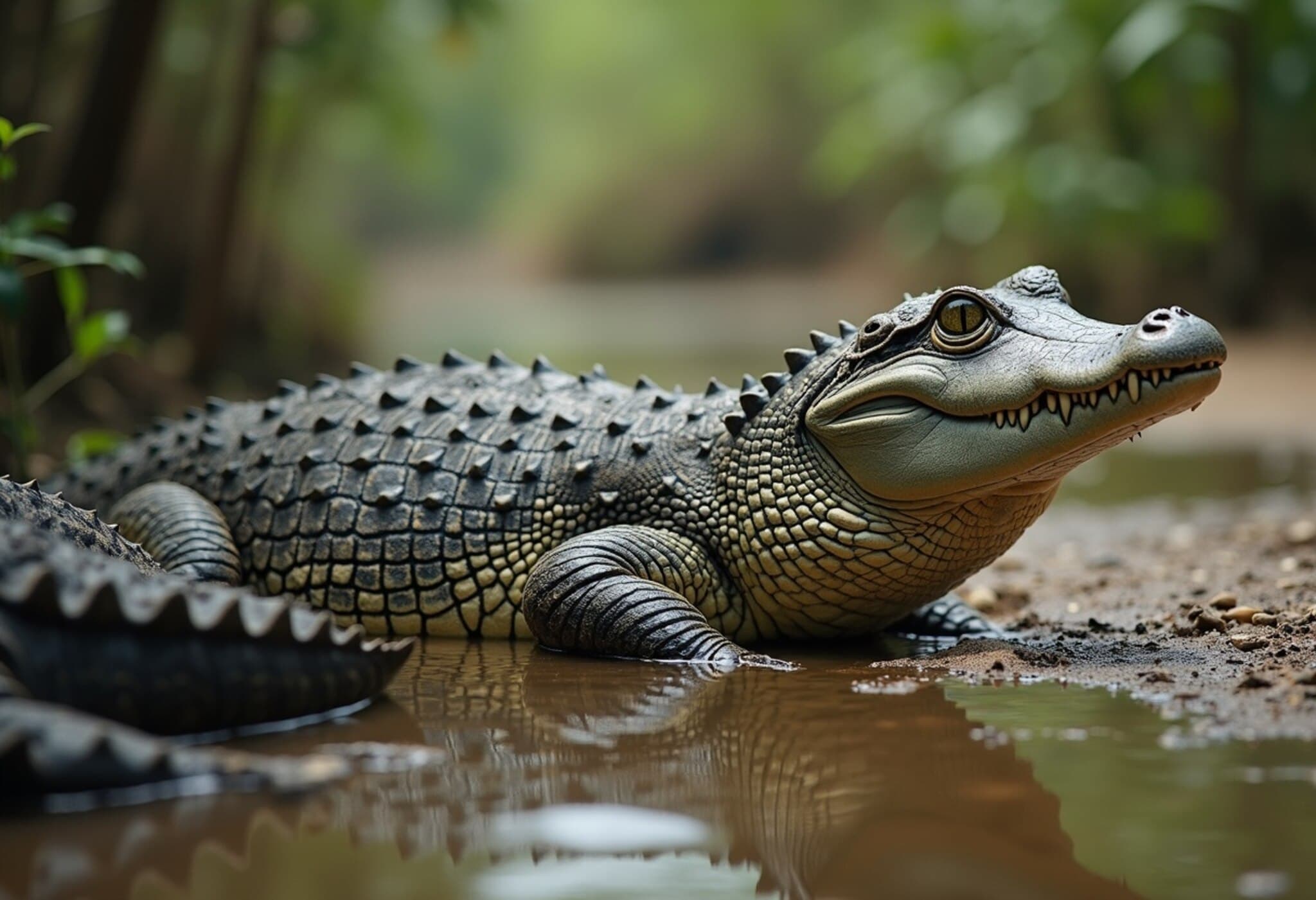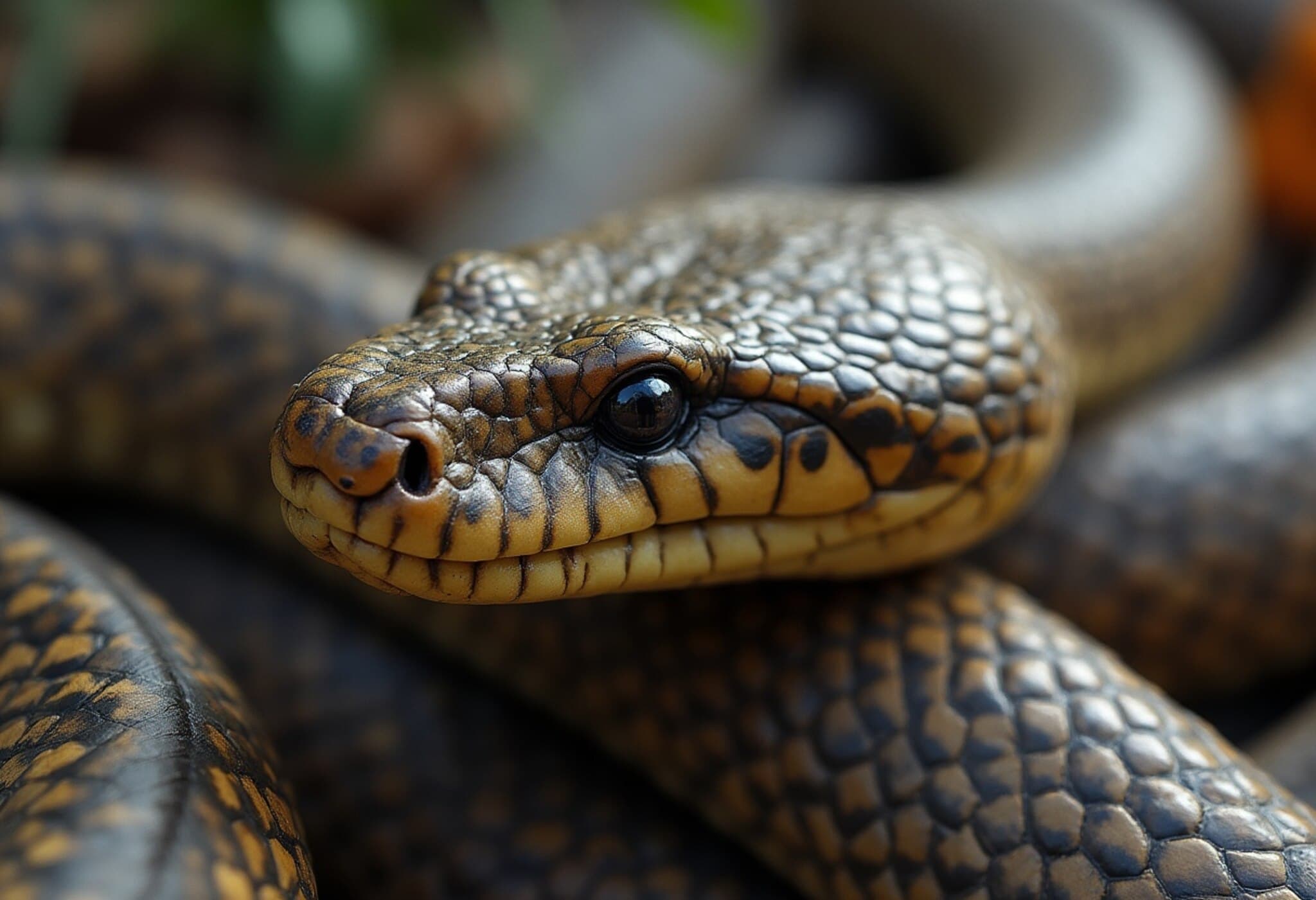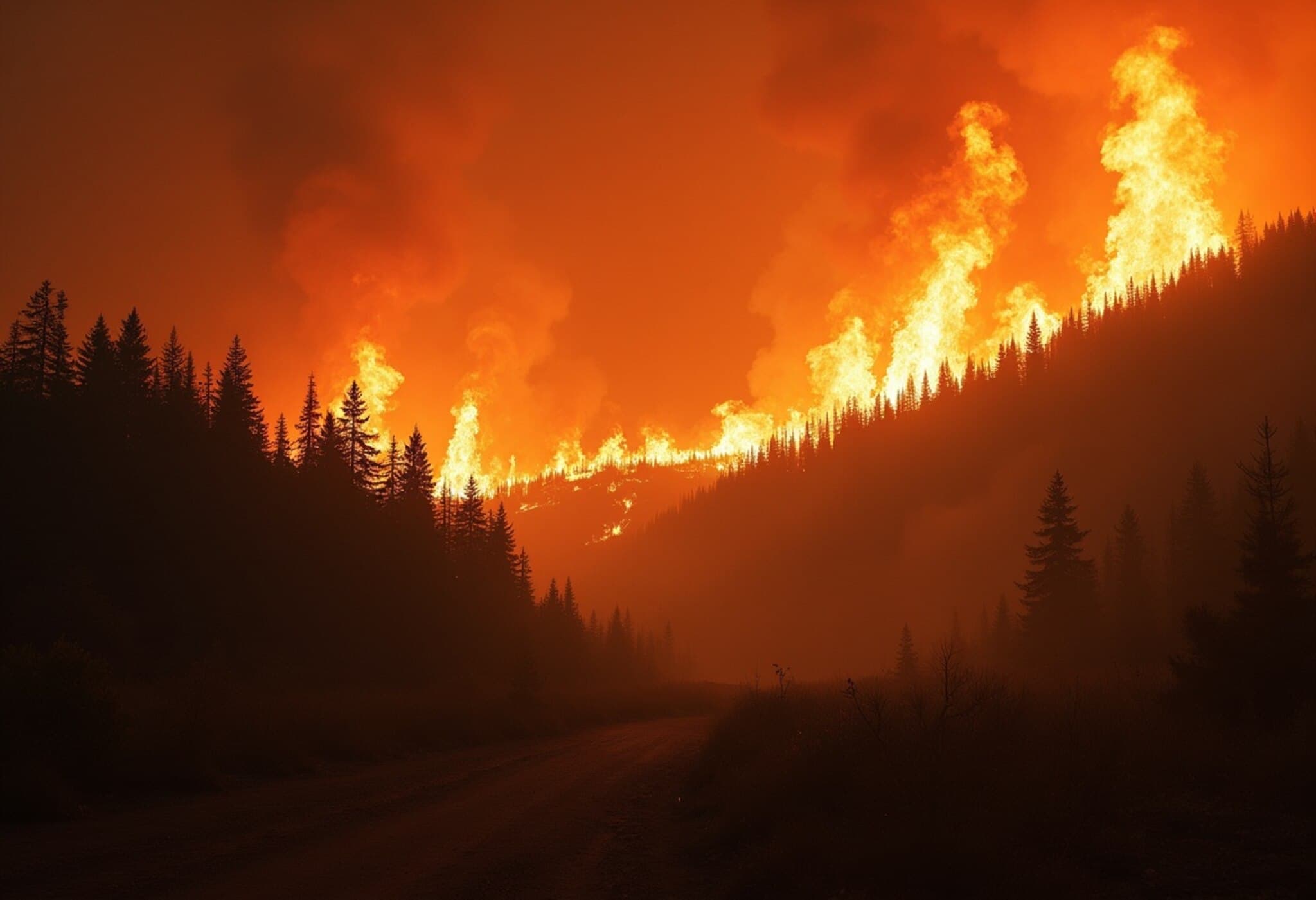A Unique Challenge at Holly’s Haven Wildlife Rescue
In the quiet rural outskirts of Ottawa, the small wildlife rehabilitation center known as Holly’s Haven has taken on an extraordinary case: Cedar, a blind moose calf barely six weeks old, with an injured leg that has yet to heal. Unlike the center’s usual residents—coyotes, porcupines, and raccoons—Cedar presents a complex challenge that stretches the expertise and resources of this modest sanctuary.
Why Cedar’s Future in the Wild is Uncertain
Wildlife rehabilitators often strive to nurse animals back to health and release them into their natural habitats. However, Cedar’s condition complicates this traditional goal. Having lost sight in one eye with only partial, limited vision possible in the other, Cedar faces grave risks if released. Lynne Rowe, founder and director of Holly’s Haven, explains that young moose are especially vulnerable to predators like coyotes and wolves. Without full vision, survival chances for Cedar in the wild are almost negligible.
“All the experts I consulted agree: Cedar isn’t releasable,” Rowe said, watching Cedar nibble on willow branches. “His vision impairment coupled with a recovering leg injury means he would be defenseless out there.”
The Origin Story: From Injury to Rescue
Cedar’s story began earlier this month when Rob Boisvert, co-founder of the 269 Animal Rescue group, was alerted to an injured calf spotted near the Quebec-Ontario border east of Ottawa. Initially hoping to find Cedar’s mother, Boisvert quickly realized the calf was orphaned. Lacking the requisite wildlife custodian license to care for him, Boisvert immediately reached out to Rowe, who coordinated Cedar’s transfer to the sanctuary nestled on a generous 10-acre rural property.
Since his arrival, center staff—including summer intern Ava Potten—have worked meticulously to provide Cedar with comfort and nourishment. Despite initial stress, Potten recalls, “He eventually fell asleep in my arms while bottle-feeding.”
Medical Care and Uncertain Prognosis
One of Cedar's most pressing health concerns is a significant infection on his right hind leg, which has thankfully begun responding to antibiotic treatment. While veterinary specialists have confirmed the blind left eye has no chance for recovery, they hold onto hope that the right eye may regain some partial vision in time.
The cause of Cedar’s injuries remains unknown, but the trauma to his eyes and leg suggests a serious accident or attack.
Planning for Cedar’s Long-Term Care
Given Cedar’s unique needs, Rowe is seeking options beyond traditional wildlife release. Notably, the Toronto Zoo, which recently lost its last pair of moose to aging, has expressed interest in providing Cedar with a lifetime home. However, the path ahead involves regulatory hurdles.
“This is a long journey,” cautions Dolf DeJong, the zoo’s CEO. “People often think rescue means immediate transfer to a zoo, but government approvals, quarantine protocols, and health screenings are critical steps—especially with concerns around diseases endemic to moose populations in Ontario.”
Rowe is also exploring partnerships with other conservation facilities, including a large moose sanctuary in Ontario’s Muskoka region, to provide Cedar with a safe habitat that accommodates his disabilities.
The Broader Context: Moose Conservation and Human-Wildlife Interaction
Cedar’s plight shines a spotlight on the challenges of rehabilitating large, wild ungulates. Moose populations in parts of Canada face mounting pressures from habitat fragmentation, traffic accidents, and environmental changes. Instances like Cedar’s remind us of the complex interplay between wildlife conservation, urban expansion, and human responsibility.
Moreover, Cedar’s journey illustrates the dedication of small-scale wildlife centres that often operate with limited funding but tremendous heart. Their efforts fill critical gaps in Canada’s broader conservation framework.
Looking Ahead: What Cedar’s Story Means for Wildlife Rehabilitation
- Adapting Rehabilitation Models: Cedar’s case underscores the need for more specialized care models tailored to animals with permanent disabilities.
- Regulatory Frameworks: Streamlining coordination between rescue centers and government agencies could facilitate better long-term outcomes for animals unable to rejoin wild populations.
- Public Awareness: Stories like Cedar’s engage the public, fostering empathy and support for conservation initiatives.
Editor’s Note
Cedar’s journey from injury to potential sanctuary is both inspiring and sobering. It forces us to ponder how we value individual wild animals’ lives within the broader ecosystem. While conservation often emphasizes species-level preservation, individualized care—especially for those with disabilities—poses ethical and practical questions about resource allocation, wild animal welfare, and the evolving role of sanctuaries in a changing world. As this story unfolds, it invites readers to reflect on our collective responsibility to protect and rehabilitate Canada's iconic wildlife thoughtfully and compassionately.











